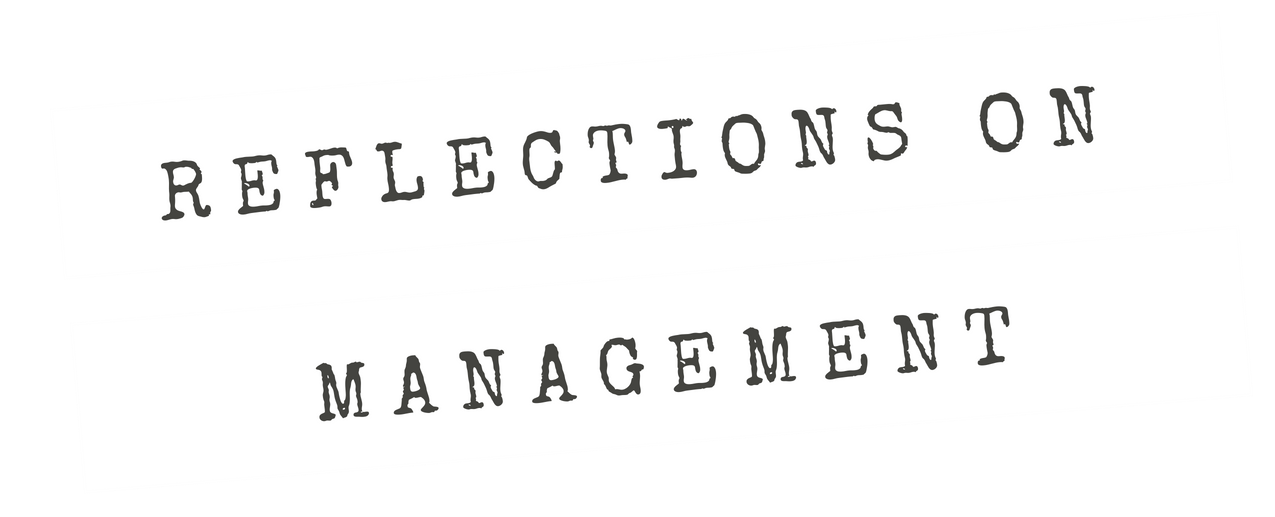Sometimes the goals of culture change move because of the stakeholder’s view or [that of] somebody else or the leadership changes …
Season 3, Episode 6
Change is complex and difficult, no matter the context. Although sometimes they may be overly simplistic, change management tools are plentiful and can help someone kick-start the process of making change happen. Culture change, however, is doubly hard. The simple approach has been to impose ‘strong’ cultures. But several episodes of the main Talking About Organizations Podcast have shown the several downsides of trying the strong culture approach, including resentment and rebellion. Is there another way?
The short answer is ‘yes,’ but that is indeed a short answer. The fact is culture change is not something that is often done in an instant. Thus, our desire for certainty and simplicity often leads us down the path of treating culture change instrumentally — like a series of knobs to turn or levers to pull. Such ideas conflict with my own experience, where culture change only succeeds through persistence and the use of different metaphors. In this episode, I present the metaphor of Van de Ven and Poole’s (1995) teleological motor of change and explain why it is a more accurate representation of how culture change actually occurs in practice. It is indeed not a method for the impatient, but it certainly helps avoid unnecessarily frustration and cynicism if used properly.
Works Referenced:
Gerstner, L. V. (2002). Who says elephants can’t dance?: inside IBM’s historic turnaround. HarperInformation.
Van de Ven, A. H., & Poole, M. S. (1995). Explaining development and change in organizations. Academy of management review, 20(3), 510-540.
From the Talking About Organizations Network:
TAOP Episode 49, “Engineered Culture and Normative Control – Gideon Kunda,” covering Kunda, G. (2006). Engineering culture: Control and commitment in a high-tech corporation, Revised Edition. Philadelphia, PA: Temple University Press.


